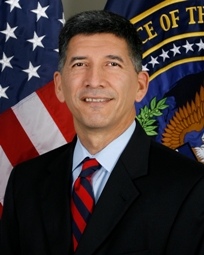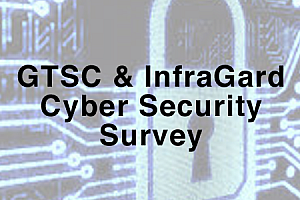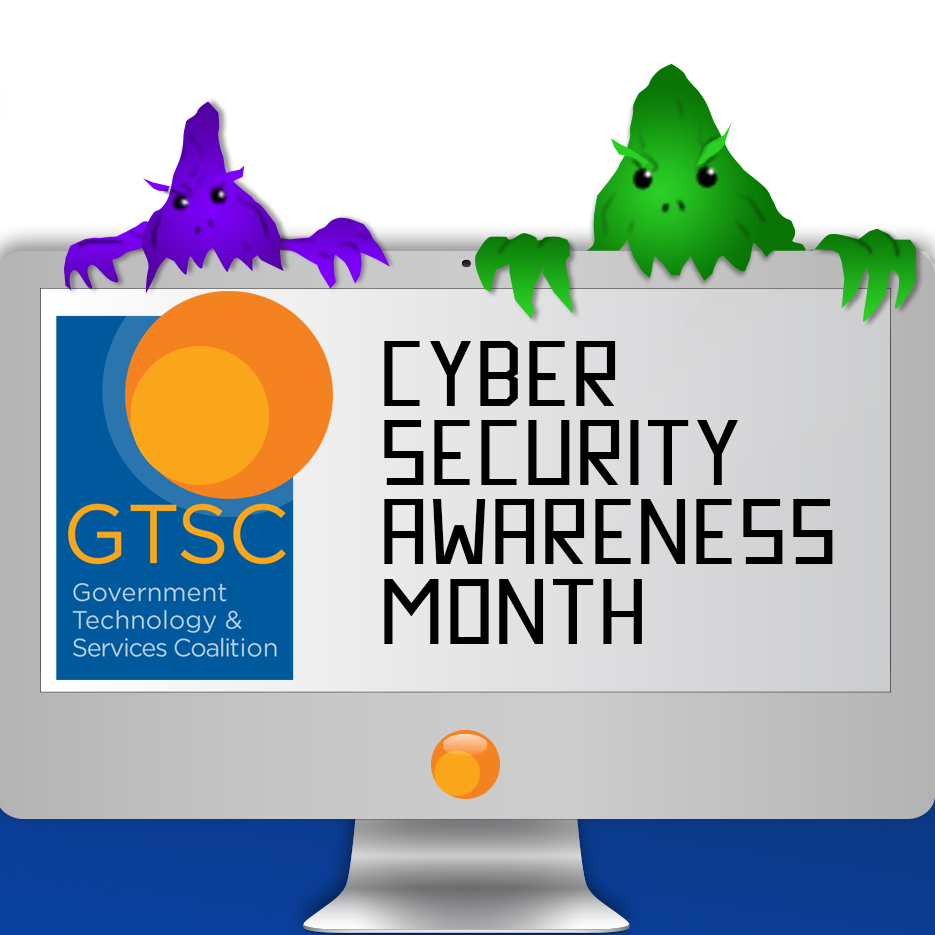Comments on DOD-GSA Cyber Resilience Rules Needed!
On Wednesday, March 12, 2014, the Department of Defense (DOD) and General Services Administration (GSA) Joint Working Group on Improving Cybersecurity and Resilience Through Acquisition (Working Group) requested public comments on its draft implementation plan (draft plan) for federal cybersecurity acquisition. See 79 Fed. Reg. 14042 (Mar. 12, 2014). The draft plan is the first of several steps toward implementing the recommendations outlined in the Working Group’s recently finalized report on Improving Cybersecurity and Resilience Through Acquisition (see our previous blog post for a summary).
As comments are due on April 28, 2014, federal contractors and other stakeholders should act quickly to submit their views on what will have a significant and lasting impact on federal cybersecurity acquisition practices.
The draft plan proposes a repeatable, scalable, and flexible framework for addressing cyber risk in federal acquisitions, and by design, it will affect nearly all contracting entities. The draft plan proposes a “taxonomy” for categorizing procurements so that the government can effectively prioritize those in need of additional resources, attention, and safeguards. As proposed, the taxonomy is modeled on Federal Information and Communications Technology (ICT) acquisitions—though the Working Group has asked whether this framework is a workable model for the categorization of all acquisitions. The Working Group would use the ICT framework to categorize all acquisitions that present cyber risk, after which it would separately assess the risks within each category. Categories that present greater cybersecurity risk (based on threats, vulnerabilities, and impacts) would receive more and faster attention in acquisitions. The taxonomy is, in our view, the most significant new development in the draft plan, as it will serve as the principal basis for categorizing the extent of cyber regulations for procurements. This aspect of the plan accordingly warrants particularly close attention.
The Working Group seeks comments in many areas, including whether:
(a) the approach is workable;
(b) the process will obtain sufficient stakeholder input;
(c) any additional assumptions, clarifications, or constraints should be expressed;
(d) the approach will satisfy the goals of Recommendation IV of the final report, i.e., whether it creates a repeatable, scalable, and flexible framework for addressing cyber risk in federal acquisitions;
(e) the major tasks and sub-tasks are appropriate and, if implemented, will achieve the identified outputs/completion criteria;
(f) the taxonomy and category definitions can be used to develop overlays (a fully specified set of security requirements and supplemental guidance that allow for the specific tailoring of security requirements;
(g) factors can be developed to assess each measure of cybersecurity risk (i.e., threat, vulnerability and impact);
(h) other aspects (e.g., annual spending) should be considered in category prioritization; and
(i) in addition to information security controls derived from the cybersecurity framework and other relevant NIST guidance and international standards, other procedural or technical safeguards that address business cyber risk should be included (e.g., source selection and pricing methodology, source selection evaluation criteria minimum weighting and evaluation methodology, etc).
Submit comments here or contact GTSC to provide input to the Coalition’s response.

Brian Finch, a partner in Dickstein Shapiro’s Washington, DC office, is head of the firm’s Global Security Practice. Named by Washingtonian magazine in 2011 as one of the top 40 federal lobbyists under the age of 40, Brian is a recognized authority on global security matters who counsels clients on regulatory and government affairs issues involving the Department of Homeland Security, Congress, the Department of Defense, and other federal agencies. Dickstein Shapiro is a Strategic Partner of the Government Technology & Services Coalition. You can reach Brian at [email protected] (202)420-4823.

Justin Chiarodo represents clients in all aspects of federal, state, and local procurement law. Named by Law360 in 2013 as a “Rising Star” in Government Contracts, Justin has extensive experience in government contracts litigation, compliance, and regulatory matters, with particular expertise in the defense, health care, technology, and professional services sectors.

Daniel Broderick is a Washington, DC-based associate in Dickstein Shapiro’s Energy Practice. He focuses on regulatory and project development matters affecting clients in the electricity industry, including electric market design, municipalization, compliance, certification, and power purchase agreements.



 Emile Monette is a recognized authority in the legal and operational aspects of public procurement, cybersecurity supply chain risk, and supply chain sustainability. His background includes domestic, international, and U.S. military experience investigating, negotiating, and managing multimillion-dollar contracts. Emile is a fifteen-year veteran of procurement law and policy development, and he has served in various positions in the legislative and executive branches of the federal government.
Emile Monette is a recognized authority in the legal and operational aspects of public procurement, cybersecurity supply chain risk, and supply chain sustainability. His background includes domestic, international, and U.S. military experience investigating, negotiating, and managing multimillion-dollar contracts. Emile is a fifteen-year veteran of procurement law and policy development, and he has served in various positions in the legislative and executive branches of the federal government.


 Keynote: Dr. David A. Honey, Director for Science & Technology, Assistant Deputy Director of National Intelligence for Science & Technology, ODNI
Keynote: Dr. David A. Honey, Director for Science & Technology, Assistant Deputy Director of National Intelligence for Science & Technology, ODNI Keynote: Frank Montoya, Jr., Counterintelligence Executive, Office of the National Counterintelligence Executive (ONCIX)
Keynote: Frank Montoya, Jr., Counterintelligence Executive, Office of the National Counterintelligence Executive (ONCIX)  Joan McCarroll, Director, Systems Engineering and Integration (SE&I) Center of Excellence
Joan McCarroll, Director, Systems Engineering and Integration (SE&I) Center of Excellence Kathy Mills, Corporate Security Officer/Security Director, CENTRA Technology, Inc.
Kathy Mills, Corporate Security Officer/Security Director, CENTRA Technology, Inc. Randy Trzeciak Senior Member of the Technical Staff, Software Engineering Institute’s (SEI), CERT, Carnegie Mellon University
Randy Trzeciak Senior Member of the Technical Staff, Software Engineering Institute’s (SEI), CERT, Carnegie Mellon University

 The survey collects data on the type and frequency of computer security incidents in which a computer was used as the means of committing a crime against the company or as a conduit through which other intrusion and/or criminal activity was perpetrated. It also collects data about the type and size of the company, cyber security practices, and computer infrastructure.
The survey collects data on the type and frequency of computer security incidents in which a computer was used as the means of committing a crime against the company or as a conduit through which other intrusion and/or criminal activity was perpetrated. It also collects data about the type and size of the company, cyber security practices, and computer infrastructure.


 AGENDA AT A GLANCE
AGENDA AT A GLANCE Keynote: Dr. Phyllis Schneck, Deputy Under Secretary for Cyber Security, NPPD, DHS
Keynote: Dr. Phyllis Schneck, Deputy Under Secretary for Cyber Security, NPPD, DHS

 I’m pretty good. I know that you can’t always tell the difference from the real messages and the fake ones that I dangle in front of you. It doesn’t take long for me to gather lots of personal information about you — what you like, who you follow, what you purchase online and which websites you visit.
I’m pretty good. I know that you can’t always tell the difference from the real messages and the fake ones that I dangle in front of you. It doesn’t take long for me to gather lots of personal information about you — what you like, who you follow, what you purchase online and which websites you visit.
